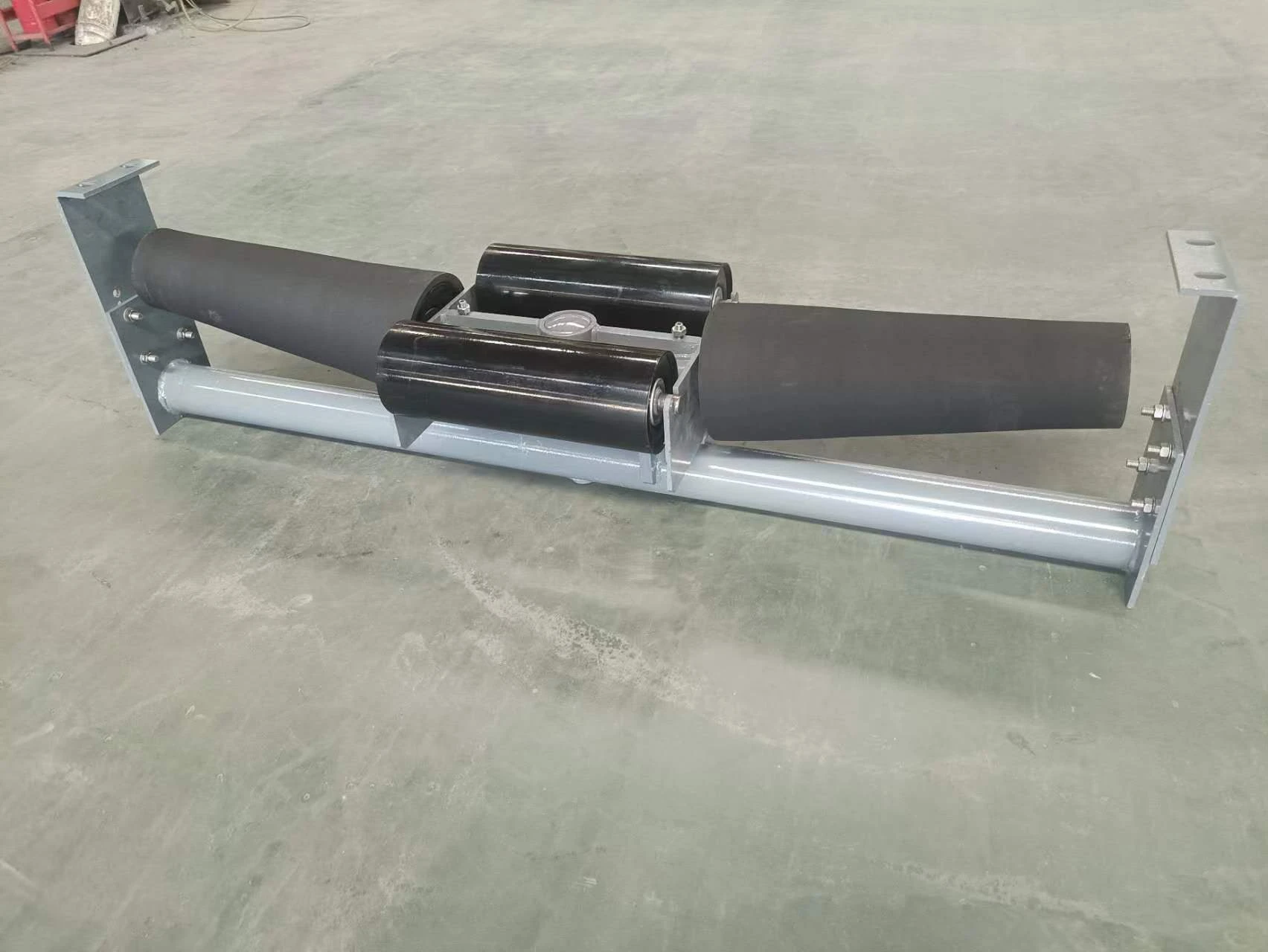 Afrikaans
Afrikaans  Albanian
Albanian  Amharic
Amharic  Arabic
Arabic  Armenian
Armenian  Azerbaijani
Azerbaijani  Basque
Basque  Belarusian
Belarusian  Bengali
Bengali  Bosnian
Bosnian  Bulgarian
Bulgarian  Catalan
Catalan  Cebuano
Cebuano  Corsican
Corsican  Croatian
Croatian  Czech
Czech  Danish
Danish  Dutch
Dutch  English
English  Esperanto
Esperanto  Estonian
Estonian  Finnish
Finnish  French
French  Frisian
Frisian  Galician
Galician  Georgian
Georgian  German
German  Greek
Greek  Gujarati
Gujarati  Haitian Creole
Haitian Creole  hausa
hausa  hawaiian
hawaiian  Hebrew
Hebrew  Hindi
Hindi  Miao
Miao  Hungarian
Hungarian  Icelandic
Icelandic  igbo
igbo  Indonesian
Indonesian  irish
irish  Italian
Italian  Japanese
Japanese  Javanese
Javanese  Kannada
Kannada  kazakh
kazakh  Khmer
Khmer  Rwandese
Rwandese  Korean
Korean  Kurdish
Kurdish  Kyrgyz
Kyrgyz  Lao
Lao  Latin
Latin  Latvian
Latvian  Lithuanian
Lithuanian  Luxembourgish
Luxembourgish  Macedonian
Macedonian  Malgashi
Malgashi  Malay
Malay  Malayalam
Malayalam  Maltese
Maltese  Maori
Maori  Marathi
Marathi  Mongolian
Mongolian  Myanmar
Myanmar  Nepali
Nepali  Norwegian
Norwegian  Norwegian
Norwegian  Occitan
Occitan  Pashto
Pashto  Persian
Persian  Polish
Polish  Portuguese
Portuguese  Punjabi
Punjabi  Romanian
Romanian  Russian
Russian  Samoan
Samoan  Scottish Gaelic
Scottish Gaelic  Serbian
Serbian  Sesotho
Sesotho  Shona
Shona  Sindhi
Sindhi  Sinhala
Sinhala  Slovak
Slovak  Slovenian
Slovenian  Somali
Somali  Spanish
Spanish  Sundanese
Sundanese  Swahili
Swahili  Swedish
Swedish  Tagalog
Tagalog  Tajik
Tajik  Tamil
Tamil  Tatar
Tatar  Telugu
Telugu  Thai
Thai  Turkish
Turkish  Turkmen
Turkmen  Ukrainian
Ukrainian  Urdu
Urdu  Uighur
Uighur  Uzbek
Uzbek  Vietnamese
Vietnamese  Welsh
Welsh  Bantu
Bantu  Yiddish
Yiddish  Yoruba
Yoruba  Zulu
Zulu snub pulley
Understanding Snub Pulley Systems An Introduction to Their Functionality and Applications
In the realm of mechanical engineering and systems design, the role of pulleys is fundamental for transporting loads efficiently. Among the various types of pulleys, the snub pulley plays a crucial role, especially in applications requiring change in the direction of force or tension management. This article delves into the intricate world of snub pulleys, highlighting their functionality, design considerations, and applications across different industries.
What is a Snub Pulley?
A snub pulley is a type of pulley that is used to change the direction of a rope or belt in a mechanical system. Unlike standard pulleys, which are often utilized simply to lift or lower loads, snub pulleys serve the essential purpose of increasing the efficiency of the system by enabling more versatile routing of power transmission. By redirecting the force, they allow for greater flexibility in design and functionality.
How It Works
The operational mechanism of a snub pulley is relatively straightforward. When a belt or rope is wrapped around the snub pulley, it makes contact at a particular angle, typically less than 180 degrees. This contact increases the friction between the belt/rope and the pulley, helping to maintain the tension required in the system. The placement of the snub pulley is strategically important, as its positioning can significantly influence the overall tension and performance of the system.
Design Considerations
Several factors must be taken into account while designing or incorporating snub pulleys into a mechanical system
1. Belt Type The material and construction of the belt or rope being used will impact the size and surface texture of the snub pulley. It is essential to choose a pulley that complements the type of belt for optimal efficiency.
2. Pulley Diameter The diameter of the snub pulley affects the tension in the belt, the amount of friction generated, and the overall load capacity. Engineers must carefully calculate the pulley dimensions based on the specific application requirements.
3. Angle of Contact The angle at which the belt meets the pulley is critical. A larger angle of contact generally results in increased friction and better grip, which can improve the efficacy of the power transfer.
snub pulley

4. Material Selection The material of the snub pulley should be chosen based on durability, wear resistance, and the specific environmental conditions it will face, such as exposure to moisture, chemicals, or extreme temperatures.
Applications of Snub Pulleys
Snub pulleys find applications in numerous industries due to their versatility. Some common applications include
1. Conveyor Systems In manufacturing and material handling, snub pulleys help redirect and guide belts within conveyor systems, ensuring smooth and efficient operation.
2. Elevators and Hoists Snub pulleys are essential in lift systems to manage the tension in control cables, allowing elevators and hoists to function effectively.
3. Mining Operations In mining, snub pulleys assist in managing the movement of heavy materials, allowing for precise control of conveyor belts used in transporting mined products.
4. Automotive Systems Snub pulleys are often utilized in engine configurations, where they assist in routing timing belts or serpentine belts, ensuring proper functionality of various engine components.
5. Textile Machinery The textile industry employs snub pulleys in machines such as looms and spinning frames, facilitating the movement of yarn and fabric.
Conclusion
In summary, the snub pulley is a vital component in mechanical systems that require precise control of belt or rope tension and direction. By understanding the functionality, design considerations, and applications of snub pulleys, engineers and designers can make informed decisions that enhance the efficiency and reliability of mechanical systems. As industries continue to evolve, the role of snub pulleys will undoubtedly remain pivotal in advancing technology and improving operational efficiency.
-
Revolutionizing Conveyor Reliability with Advanced Rubber Lagging PulleysNewsJul.22,2025
-
Powering Precision and Durability with Expert Manufacturers of Conveyor ComponentsNewsJul.22,2025
-
Optimizing Conveyor Systems with Advanced Conveyor AccessoriesNewsJul.22,2025
-
Maximize Conveyor Efficiency with Quality Conveyor Idler PulleysNewsJul.22,2025
-
Future-Proof Your Conveyor System with High-Performance Polyurethane RollerNewsJul.22,2025
-
Driving Efficiency Forward with Quality Idlers and RollersNewsJul.22,2025





























